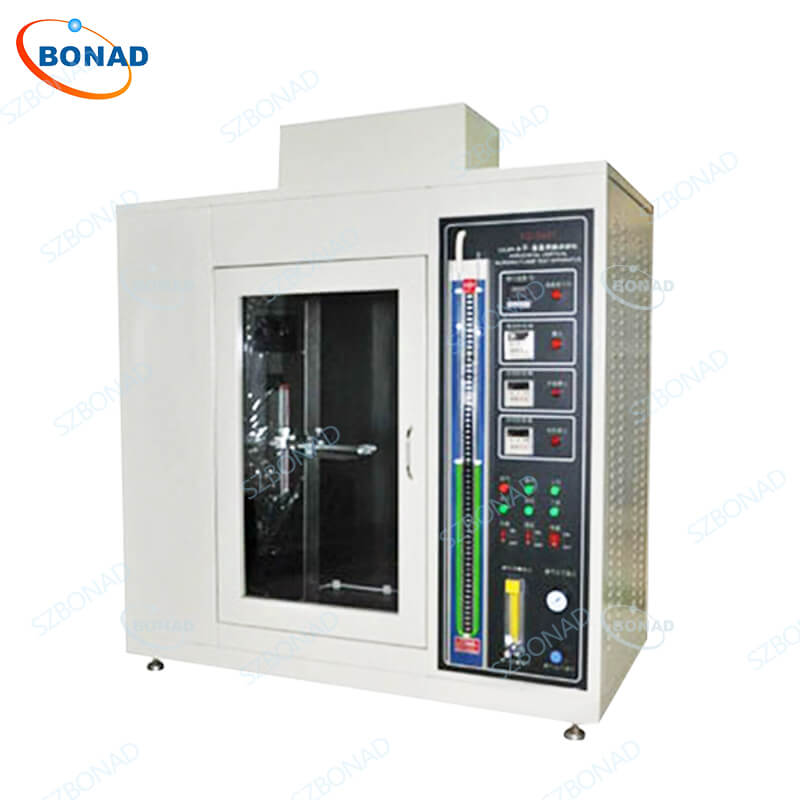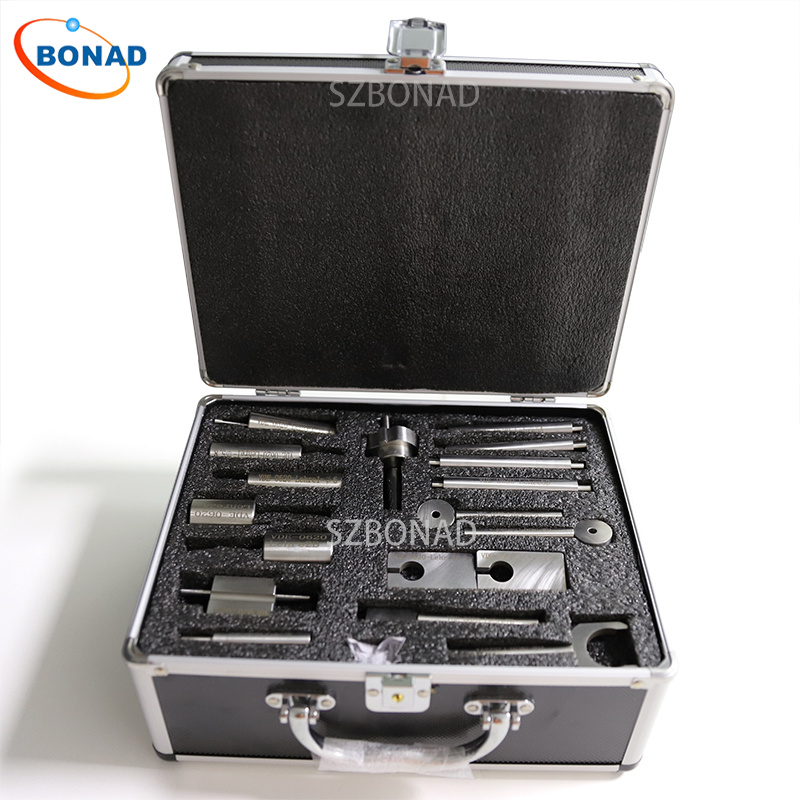Fire safety is not just about alarms and sprinklers; it begins with the materials used in products. Whether you’re involved in designing furniture, developing aerospace components, or manufacturing textiles, knowing how your materials respond to fire is crucial. This is where flammability testing becomes essential.
Conducting these tests allows you to identify potential risks before products hit the market, ensuring they meet safety standards and protect consumers. By learning how to perform and analyze flammability tests, you can make informed decisions that adhere to industry regulations and customer expectations.
What Is a Flammability Test?
A flammability test is a scientific procedure used to determine how easily a material ignites, its burning rate, and whether it can self-extinguish. These tests are foundational to fire safety standards across various industries.
These tests are often relied upon to confirm that materials meet necessary safety criteria, whether you’re dealing with plastics, fabrics, foams, or composites. Without them, there’s a risk of non-compliance, product recalls, and potential harm to users.
Key Flammability Test Methods
Material behavior under fire exposure varies significantly. Depending on the product’s application—be it in a vehicle interior, mattress, or clothing—you must select a flammability test method that aligns with the actual fire risks the item may encounter.
Here’s an overview of commonly used methods:
- Vertical Flammability Testing
In this method, the material is suspended vertically and exposed to a controlled flame at its lower edge. Once the ignition source is removed, technicians evaluate flame persistence duration, material burn extent, and whether flaming droplets fall from the specimen. This simulates upward fire spread—crucial for hanging textiles or aircraft interiors. - Horizontal Flammability Testing
For flat-installed products like automotive dashboards or electronic housings, horizontal testing yields more relevant results. Here, the material lies flat as a flame is applied at one end.
Post-ignition focus shifts to flame spread continuation and speed. Burn rate is measured in millimeters per minute—key for automotive standards like FMVSS 302 and ISO 3795.
- 45-Degree Flammability Test
Certain applications benefit from an angled test setup. The 45-degree test positions fabric at an incline to mimic natural draping.
This setup evaluates items like clothing or upholstery, offering insights into ignition behavior and flame spread between vertical and horizontal conditions.
- Full-Scale Ignition Testing for Furniture and Mattresses
For large items like mattresses or upholstered seating, small-scale methods are insufficient. These products undergo testing in specialized burn rooms with ignition sources like smoldering cigarettes or open flames.
The test assesses factors such as heat release rate and smoke density under real fire conditions following standards like 16 CFR 1632 and California TB 117.



